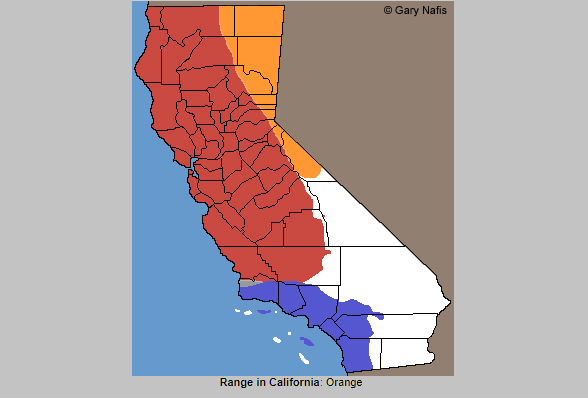
Great Basin Rattlesnake
Crotalus oreganus lutosus, commonly named as the Great Basin Rattlesnake, is a venomous pit viper subspecies found in the Great Basin region of the United States.

Description
The color pattern usually consists of a buff, pale gray, pale brown, olive brown or yellowish brown ground color, overlaid with a series of 32-49 dorsal blotches. These blotches are dark brown to black in color, with pale centers and pale borders, and are often irregular in shape and wider than they are long.

Geographic Range
The United States in the Great Basin region. Its range includes Idaho south of lat. 44° North, Utah west of long. 111° West, Arizona west and north of the Colorado River as well as the north rim of the Grand Canyon, the entire state of Nevada (excluding Esmeralda, Nye and Clark counties), California east of the Sierra Nevada from Lower Klamath Lake south to below Lake Mono, Oregon south and east of the line Upper Klamath Lake-Fort Rock-Burns-Council (Idaho).



